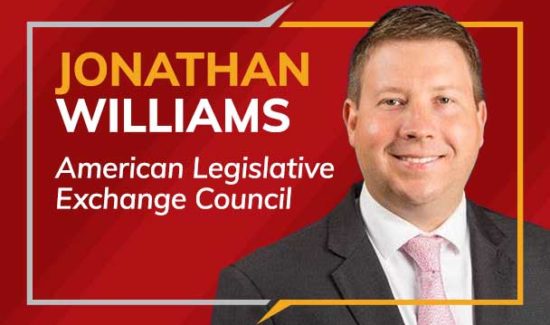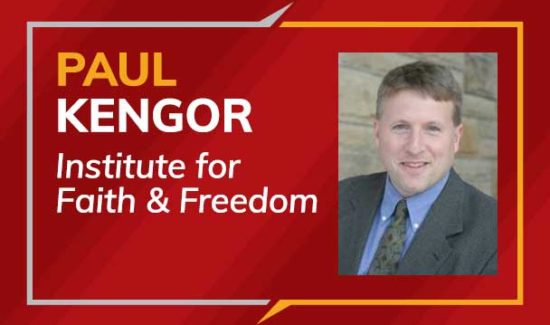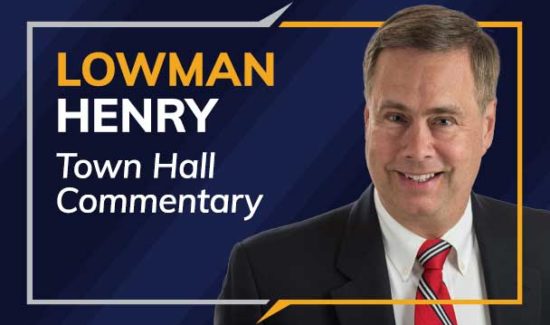School Choice History – Vermont
Countering arguments that school choice is new, untried, tried but failed, or will not work in rural or low population areas is my home state of Vermont, where I graduated from high school long ago.
The basis for flexibility in education was established in Vermont’s state constitution of 1777 -not only when it was independent but even before the United States constitution was drafted in 1787. Vermont became the 14th state in1791. Vermont’s constitution, still in force today, provides that "a competent number of schools ought to be maintained in each town unless the General Assembly permits other provisions for the convenient instruction of youth." This is as close to constitutional perfection as you may find: it authorizes but does not mandate.
Vermont, a relatively small, mountainous, low population state, from the beginning has not been conducive to sufficient concentrations of students to permit many large schools. Thus the emergent of educational choice began as early as 1782, still earlier than the creation of the United States. More than one-third of Vermont’s 243 communities do not have either an elementary or secondary school, or any school at all. Tuition students must live in one of the state’s tuition towns but do not have to attend a school in the state, or even the nation.
Reimbursable tuition rates are established by the state department of education based on existing tuitions in the state. These may vary each year but recently they were $9,126 for grades k-6, $10,178 for grades 7-8, and $10,394 for grades 9-12. A town may pay more if the local citizens authorize it.
To be eligible to accept tuition students the receiving school must be non-religious, obey antidiscrimination laws and meet state standards for private schools. The issue of religious schools has an interesting history in Vermont. In 1961 the state Supreme Court said this violated the federal constitution but not the state’s. In 1994 it reversed its decision and permitted the inclusion of religious schools but the state department of education refused to honor the ruling and would not allow parents to choose religious schools apparently holding that the court’s latest ruling was permissive, not mandatory. That is, the state department of education could include religious schools but did not have to do so. In 1999 the Vermont Supreme Court reversed itself and said the state constitution does not permit the inclusion of religious schools.
Following the U.S. Supreme Court’s 2002 ruling that Ohio’s use of vouchers in Cleveland is constitutional a lawsuit was instituted against Vermont’s’ restriction against religious schools but became moot when the parents bringing the suit transferred their children to a public school.
In any event this is not a major issue since the state has only three Catholic high schools and one fundamentalist Christian school.
But even while that restriction remains in Vermont, the success of its program is clear. For one thing the acceptable tuition rates are significantly higher than customary, permitting use of a wider range of schools. Then, not only do students in tuitioning towns do better, so do students in neighboring towns. Further, if a town decides to start tuitioning its students it can expect the percentage passing state tests to increase significantly.
Not least of all, the flexibility of the program and its more reasonable permissible tuition rates has encouraged, even made possible, a greater variety of schools such as Burke Mountain Academy, a skiing focused boarding school in East Burke, Vermont.
John McClaughry, of Vermont’s Institute for Liberty and Community, cites the small town of Kirby as an example of the variety of options that school choice makes possible. Kirby is one of 25 towns that has a voucher system for all grades. With a peak population of about 500 in the late 1800s, it once had six separate school districts.
The townspeople in 1978 voted the close its last school which enrolled a total of11 students in grades 1-6. The town began paying full tuition for its grade-school children to attend school in nearby towns, and pays at least the state union average for high-school students. It even continues to pay for two school buses too transport most of its pupils to schools of their choice.
# # # # #





